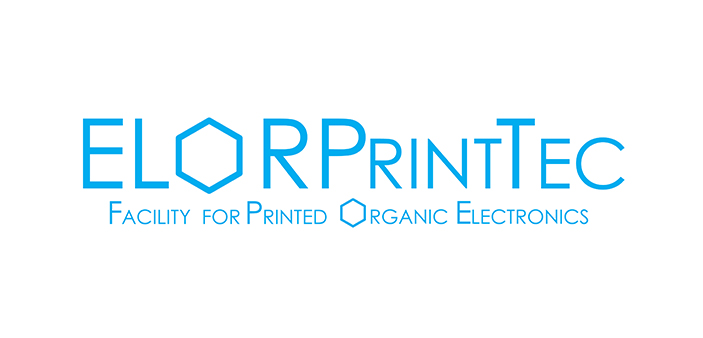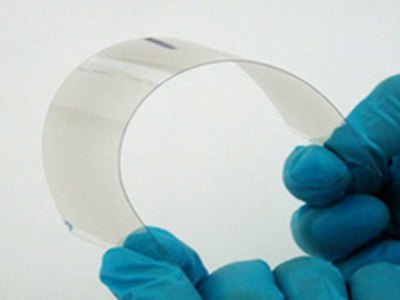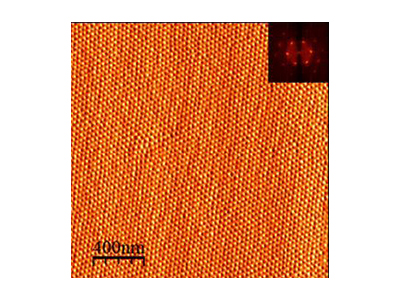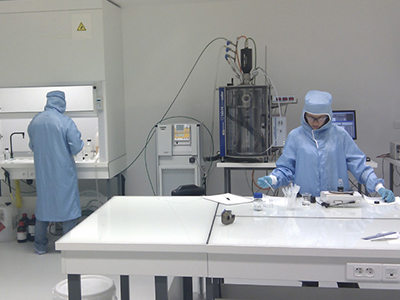
ELORPRINTTEC
In this context, the major research axis of the group is to develop polymers for the electronic, energy, information and communication fields, and the team works in close collaboration with the industrial partner: ARKEMA.
The main research topics of the group are as follows:
Semiconducting polymers and copolymers for organic electronics and energy
Our research targets the design and synthesis of new functional polymers and copolymers, destined to be used in organic electronic devices, display or lighting devices, storage devices, etc. Depending on the target application, an integrated characterization of these materials and their formulations (ink, thin film, bulk) is performed, before their incorporation in the corresponding devices.
The resultant structure/function relationships are explored and the acquired knowledge is exploited to further optimize our materials.
Block Copolymers for Advanced Lithographic and Storage Applications
We develop copolymers for their application in directed self-assembly (DSA) targeting materials addressing the needs of the microelectronic industry. Since 2010, a strong partnership with ARKEMA corporation, CEA-LETI and LTM (Laboratoire des Technologies de la Microélectronique) was built up in order to tackle the challenge inherent to the direct self-assembly of block copolymers for nanolithography.This collaboration led to the development of a first generation of lithographic materials based on the DSA of PMMA-b-PS andPMMA-s-PS copolymers.
Ferroelectric and thermoelectric Materials
This is a new activity in our group that targets the incorporation of thermoelectric and ferroelectric polymers in organic electronic devices, like photovoltaic and light-emitting devices. Due to the dipoles inherent to their structure, ferroelectric polymers can be electrically active.
Conductive inks
Our approach is based on the preparation of specific formulations based on semi-conducting (co)polymers by using appropriate solvents and additives. Depending on formulation and processing conditions we can vary the optical and electrical characteristics of the inks, and even sometimes the films obtained from the inks.
We are currently investigating more efficient new organic based solutions that could be easily transferred in large scale using industrial techniques thanks to our partner ARKEMA.
Electrophoretic inks
Electrophoretic Displays (or electronic paper) are low cost and low energy displays. They are based on an electrophoretic ink encapsulated between two electrodes (one is transparent). The inks are usually made of black and white particles with opposed electric charges which will move toward one or the other electrode depending on the applied field and change the color of the display.
In the group, we are working more specifically on the synthesis and characterization of new color core-shell multi-functional particles and their formulation as inks.
Allée Geoffroy Saint Hilaire
Bâtiment B8
CS50023
33615 PESSAC Cedex
Tél : +33 (0)5 40 00 27 46
Contact
Prof. Georges HADZIIOANNOU
hadzii@enscbp.fr
Site internet
https://www.lcpo.fr/





